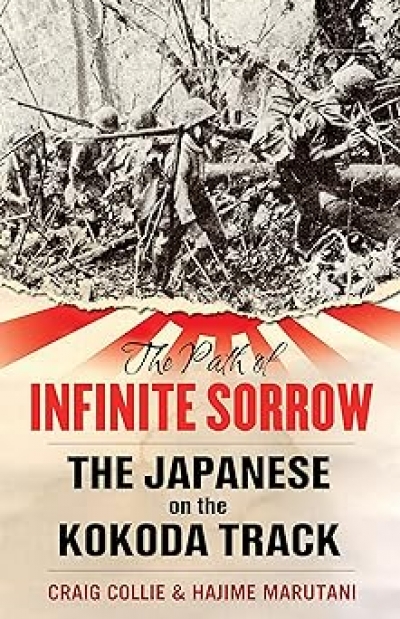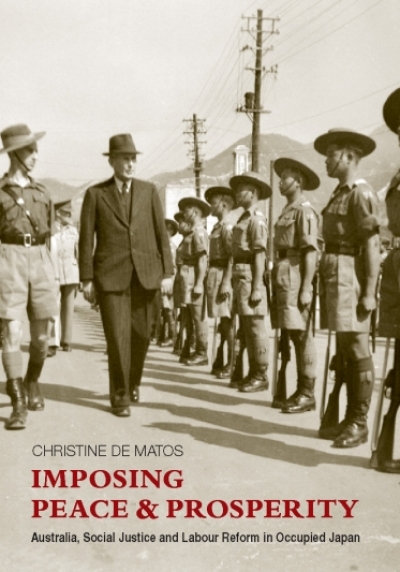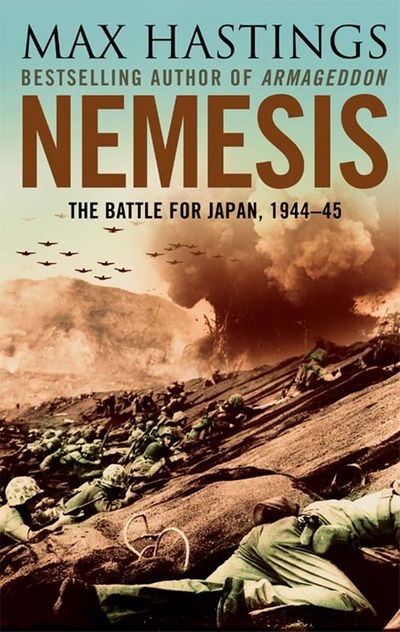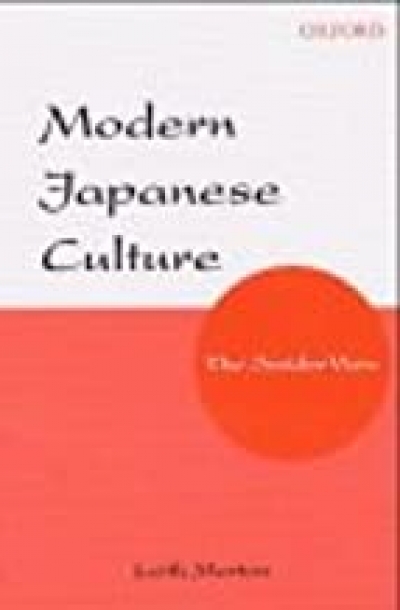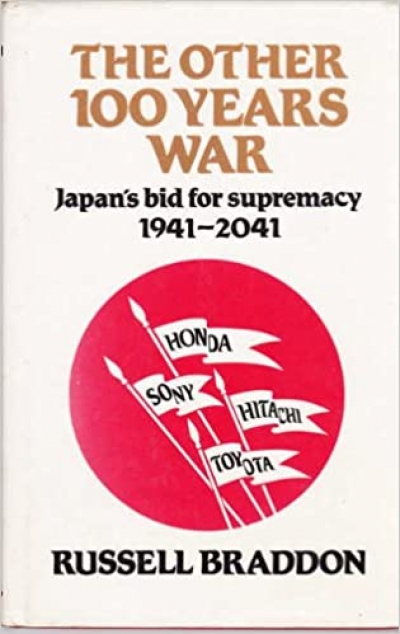Japan
The Path Of Infinite Sorrow: The Japanese On The Kokoda Track by Craig Collie and Hajime Marutani
by Steven Bullard •
Imposing Peace and Prosperity: Australia, Social justice and Labour reform in occupied Japan by Christine de Matos
by Wayne Reynolds •
Modern Japanese Culture: The insider view by Leith Morton
by William H. Coaldrake •

